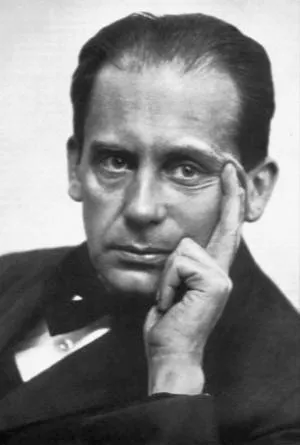
Name: Walter Gropius
Nationality: German
Profession: Architect
Notable Works: Designed the John F. Kennedy Federal Building and Werkbund Exhibition
Birth Year: 1883
Death Year: 1969
1969 – Walter Gropius, German architect, designed the John F. Kennedy Federal Building and Werkbund Exhibition (b. 1883)
In the tumultuous era of the 1960s, a decade marked by social upheaval and cultural transformation, one figure stood out in the realm of architecture: Walter Gropius. Born in 1883 in Germany, Gropius emerged as a leading force in modernist architecture, shaping not only buildings but also the very philosophy of design itself. By 1969, Gropius had already established a formidable legacy through his pioneering work with the Bauhaus movement and his innovative designs that harmonized functionality with aesthetic appeal.
As he approached the twilight years of his career, Gropius was tasked with designing what would become one of his most iconic projects: the John F. Kennedy Federal Building. Located in Boston, Massachusetts, this monumental structure was conceived during an era when America was grappling with its identity amidst rapid change. Ironically, while political leaders were striving for unity and progress following the assassination of President Kennedy just a few years earlier, Gropius’s architectural vision would serve as a testament to hope a beacon symbolizing renewal for an entire generation.
However, creating such an ambitious project wasn’t without its challenges. The juxtaposition of Gropius’s modernist ideals against traditional New England architecture sparked debates among local historians and architects alike. Some argued that this bold steel-and-glass edifice clashed with Boston's rich historical fabric; others saw it as an opportunity to redefine urban spaces and encourage forward-thinking design principles. Despite this tension between old and new, Gropius pressed forward with unyielding determination he believed strongly that architecture should reflect contemporary values while meeting societal needs.
The Kennedy Federal Building opened its doors to much fanfare; it quickly became more than just another government office space it represented innovation at every level from layout to materials used serving as both inspiration and critique for future architects looking to push boundaries further still.
As visitors walked through its halls adorned with natural light streaming through expansive windows a hallmark characteristic of Gropius’s style they were welcomed into an environment designed not merely for utility but as an experience that fostered collaboration among workers who sought efficiency amid changing times. This philosophy echoed back to Bauhaus principles emphasizing simplicity melded seamlessly into beauty.
Yet behind this celebrated architectural achievement lay struggles within Walter's own life... Who knows if he ever truly realized how deeply impactful these creations would be? With each project undertaken during those final years came reflections on mortality the reality that time was slipping away from him faster than any blueprint could reveal.
Walter had weathered two world wars; he fled Europe during WWII before finding sanctuary at Harvard University where he taught countless students eager to learn from someone who had seen firsthand how architecture could uplift or oppress societies depending on context... Perhaps then it is no surprise why he infused so much passion into every detail each design choice resonated beyond aesthetics alone! He desired connections forged through built environments that prompted human interaction instead
The Werkbund Exhibition
Apart from designing federal buildings like JFK's namesake structure decades later; earlier achievements included orchestrating influential exhibitions showcasing modern design trends worldwide particularly notable was The Werkbund Exhibition held in Cologne back in 1914 which sought new ways artists approached craftsmanship alongside industrial production methods transforming society overall!
"The goal must be," declared Walter confidently amidst discussions about standards rising higher than ever before during pre-exhibition meetings,"to create functional objects seamlessly merging art & engineering."
This innovative spirit defined everything surrounding him...
The event ultimately drew attention toward ideas proposing collaborative efforts between varied disciplines playing critical roles affecting living standards around post-war Europe today not dissimilar themes occurring even now across various sectors globally striving toward betterment!
In retrospect arguably it appears visionary foresight led many industry pioneers including him down paths rarely traveled before seeking ways people engaged with their surroundings enhanced experiences offered daily lives beyond imagination previously thought possible altogether!
A Legacy Reflecting Modern Ideals
If we take stock here regarding legacies left behind when innovators pass on…we can glean insights illuminating paths others may follow shining brightly long after they’re gone! In essence those contributions serve timeless reminders reminding us constantly strive improve environments fostering humanity irrespective changing landscapes around us continually evolving like tides flowing onward endlessly ahead...







